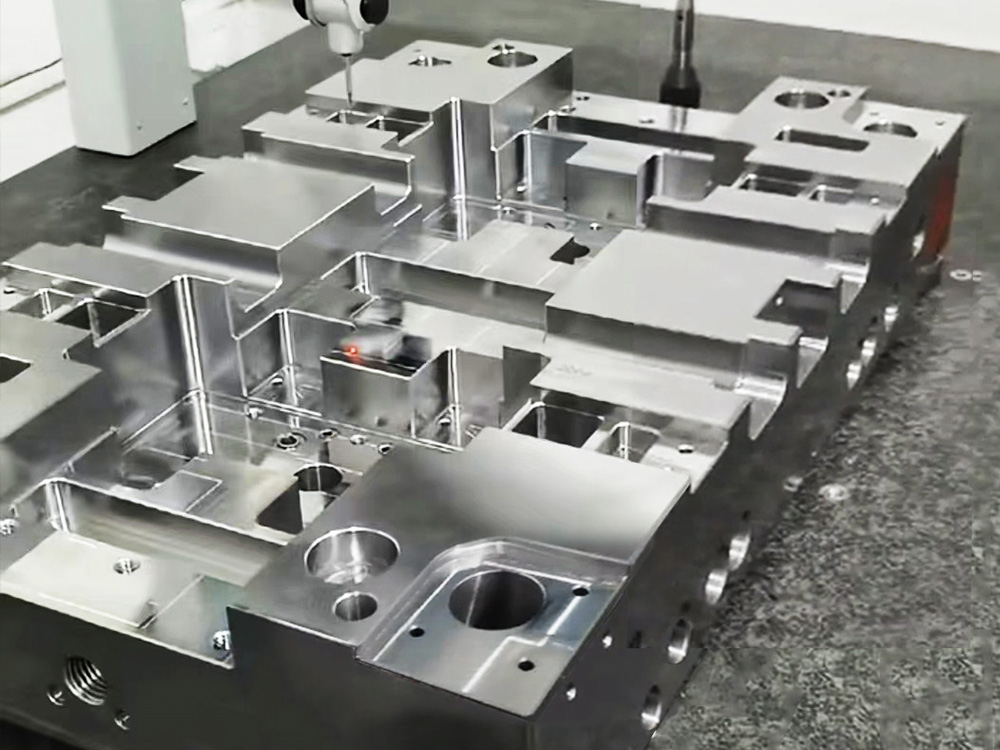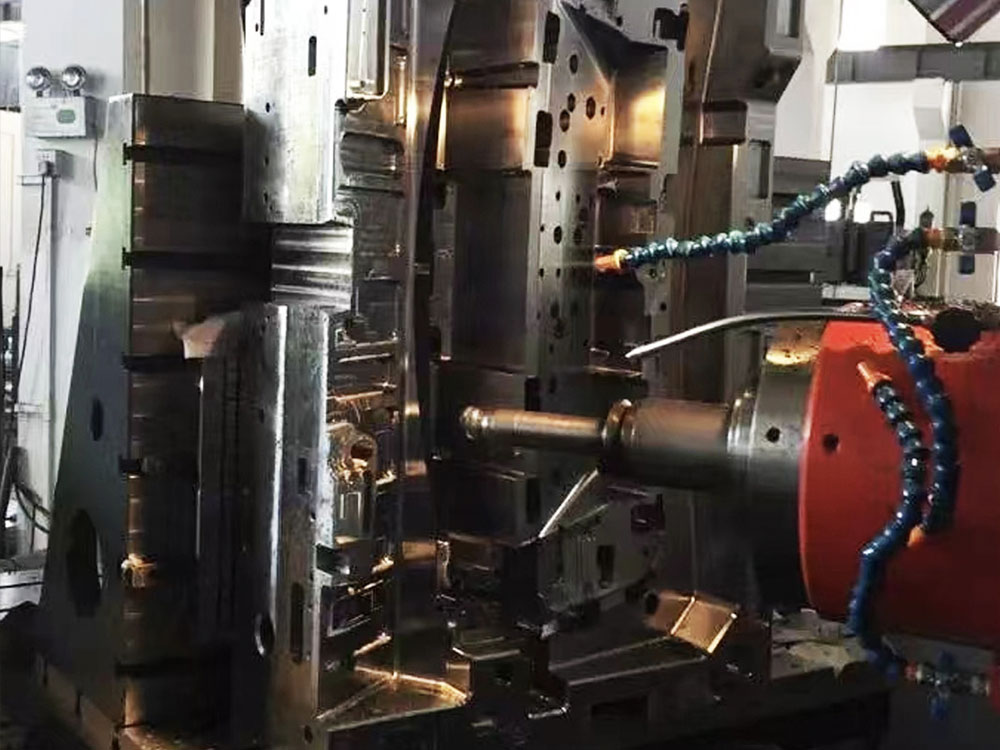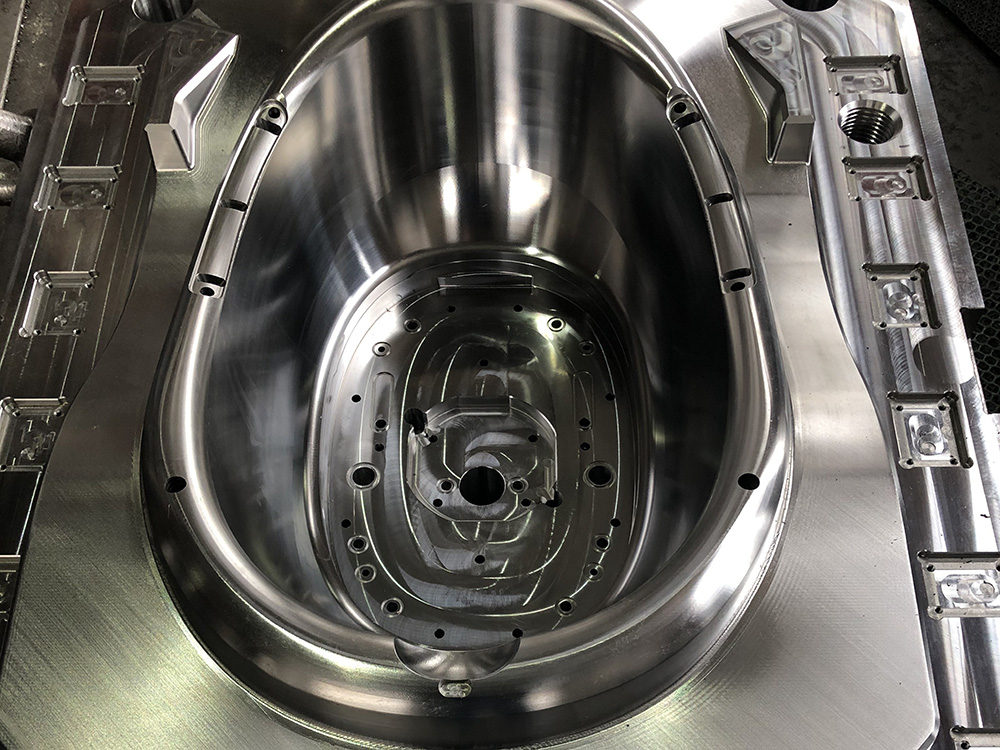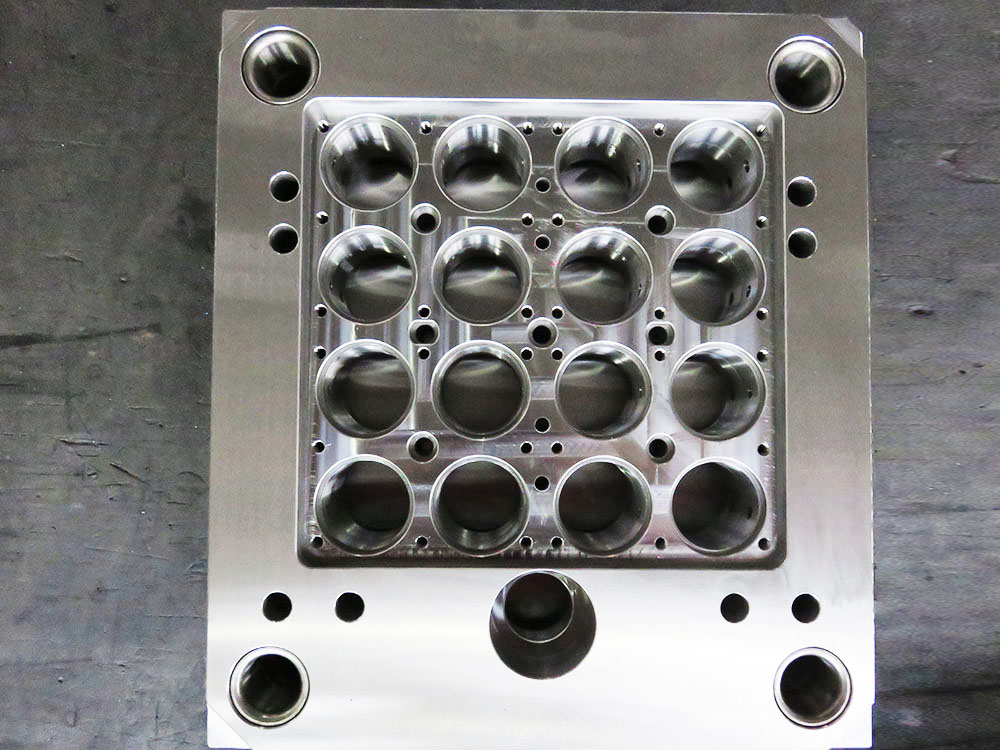Introduction to the Ringlock Scaffolding System in the Mold Base Industry
The mold base industry requires efficient and safe scaffolding systems for construction and maintenance purposes. One such system that has gained significant popularity is the Ringlock scaffolding system. This article will provide a comprehensive guide on how to use the Ringlock scaffolding system in the mold base industry, ensuring a clear understanding of its application and benefits.
1. Understanding the Ringlock Scaffolding System
The Ringlock scaffolding system is a modular scaffolding system made up of steel tubes and various components that are easy to assemble and disassemble. The system's name comes from its unique design, featuring rosette-type connectors with welded rings that allow for quick connections, providing both strength and stability to the scaffold structure.
2. Erecting the Ringlock Scaffolding System
The first step in using the Ringlock scaffolding system is to erect the scaffolding structure. Follow these steps:
a) Lay out the base configuration: Place the base plates at evenly spaced intervals, ensuring they are level and stable.
b) Assemble the vertical standards: Connect the vertical standards to the base plates and secure them using locking pins and diagonal braces.
c) Attach the horizontal ledgers: Connect the horizontal ledgers to the vertical standards using the rosette connectors. Ensure the ledgers are securely fastened in place.
d) Add the diagonal braces: Attach diagonal braces between the standards to provide additional stability to the scaffold structure.
e) Install the platforms: Place the scaffold platforms on the ledgers, ensuring they are securely fixed and provide ample working space.
3. Using the Ringlock Scaffolding System in the Mold Base Industry
Once the Ringlock scaffolding system is erected, it can be used in various applications within the mold base industry. Some common uses include:
a) Mold assembly and disassembly: The Ringlock scaffolding system provides a sturdy and secure platform for technicians to assemble and disassemble molds. Its modular design allows for easy adjustments to accommodate varying mold sizes.
b) Mold maintenance: When molds require maintenance, the Ringlock scaffolding system can be used to provide safe and reliable access for technicians. Its durable construction can withstand the weight and pressure associated with mold maintenance activities.
c) Mold inspection: Regular inspections are crucial in the mold base industry. The Ringlock scaffolding system facilitates easy and safe access to different sections of molds, ensuring thorough inspections are conducted without compromising worker safety.
4. Benefits of Using the Ringlock Scaffolding System
The Ringlock scaffolding system offers several advantages for the mold base industry:
a) Safety: The system's sturdy design and secure connections enhance worker safety during construction, maintenance, and inspection activities.
b) Versatility: The modular nature of the Ringlock scaffolding system allows for easy configuration changes to accommodate different mold sizes and shapes.
c) Efficiency: The quick assembly and disassembly process of the Ringlock scaffolding system reduces construction and maintenance time, improving overall project efficiency.
d) Durability: Made of high-quality steel, the Ringlock scaffolding system can withstand heavy loads and harsh working conditions, ensuring long-term durability.
Conclusion
The Ringlock scaffolding system is a reliable and efficient solution for the mold base industry. Its modular design, easy assembly process, and various applications make it an ideal choice for construction, maintenance, and inspection activities in the field. By following the proper guidelines for erecting and using the Ringlock scaffolding system, workers in the mold base industry can ensure safety, efficiency, and productivity in their operations.




